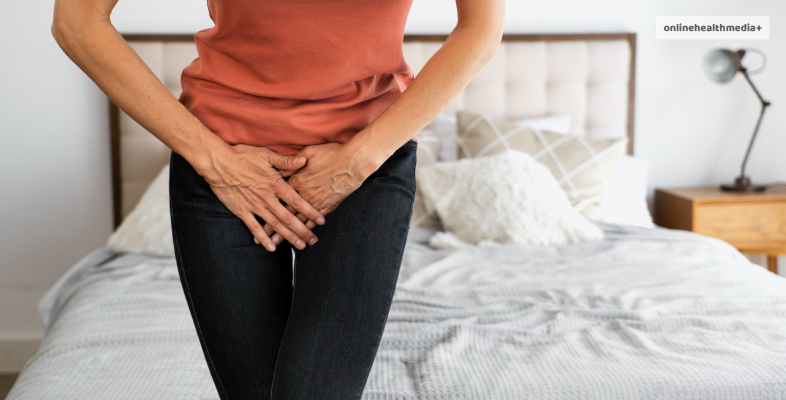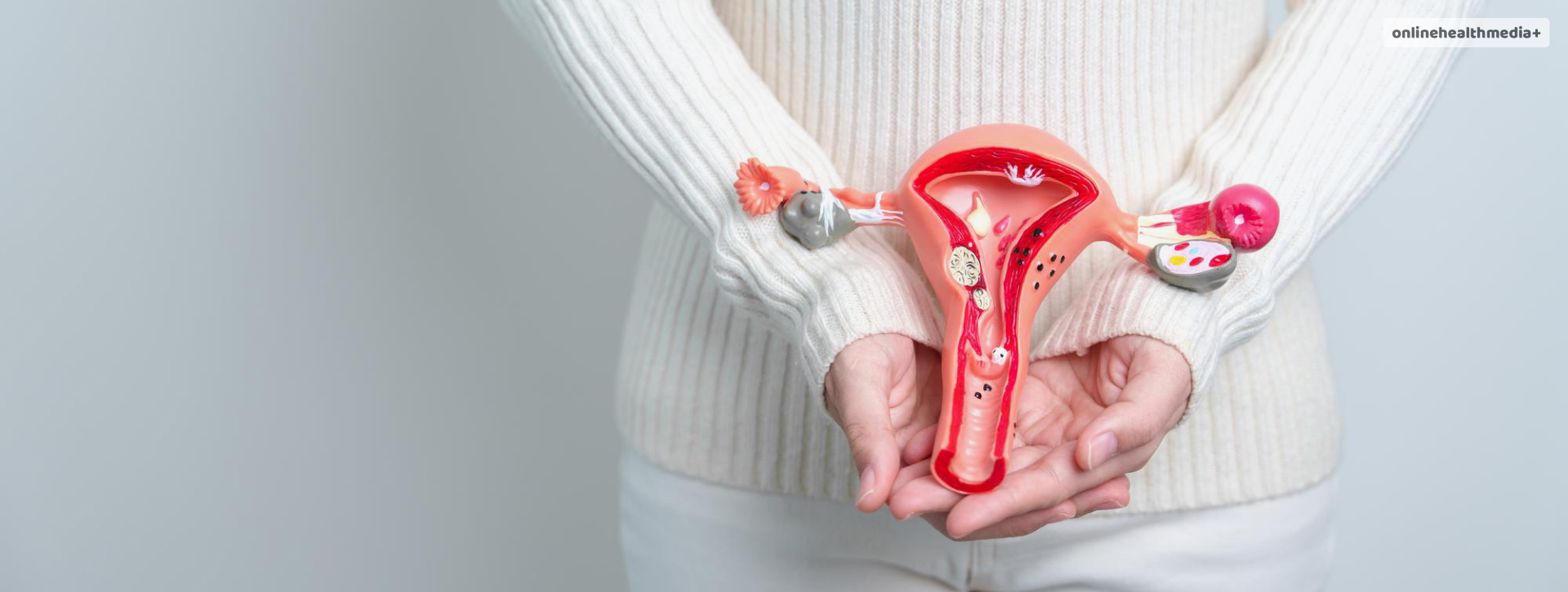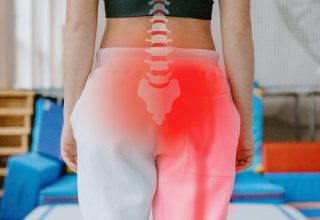Bartholin Cyst 101: What Is It, Symptoms, Treatment And More.
Bartholin cysts are a common concern for many women, causing discomfort and sometimes anxiety. These cysts, while generally not harmful, can lead to pain and complications if left untreated.
In this comprehensive exploration, we delve into the intricacies of Bartholin cysts, unraveling the causes, symptoms, available treatments, and preventive measures to empower women with knowledge about their reproductive health.
What is a Bartholin Cyst?

The Bartholin glands, situated on either side of the vaginal opening, play a crucial role in vaginal lubrication by secreting fluids.
When the ducts connecting these glands to the vulva become obstructed, a Bartholin cyst can develop. Essentially, a Bartholin cyst is a fluid-filled sac that may vary in size.
Causes of Bartholin Cysts
Several factors contribute to the formation of Bartholin cysts:
Duct Blockage: The primary cause is the obstruction of the ducts leading from the Bartholin glands to the surface of the vulva. This impediment disrupts the normal flow of fluids, resulting in the accumulation of fluid and the subsequent formation of a cyst.
Bacterial Infections: In some instances, bacterial infections may play a role in the development of Bartholin cysts. These infections can cause inflammation and subsequent blockage of the gland ducts.
Symptoms of Bartholin Cysts

The manifestation of Bartholin cysts can vary, and some individuals may not experience any noticeable symptoms. However, when symptoms do occur, they may include:
Pain or Discomfort: One of the primary symptoms is localized pain or discomfort in the vaginal area, particularly when walking, sitting, or engaging in sexual activity.
Swelling: The cyst can lead to swelling in the affected gland, resulting in a palpable lump near the vaginal opening.
Redness and Tenderness: Inflamed Bartholin cysts may cause redness and tenderness in the surrounding tissues.
Painful Intercourse: Women with Bartholin cysts may experience pain or discomfort during sexual intercourse.
Diagnosis of Bartholin Cysts
Diagnosing Bartholin cysts typically involves a physical examination by a healthcare professional. In some cases, additional tests, such as a biopsy or imaging studies, may be recommended to rule out other potential causes of symptoms.
Treatment Options

The approach to treating Bartholin cysts depends on the severity of symptoms and whether an infection is present. Treatment options include:
Home Care: In cases where the cyst is small and asymptomatic, home care measures such as warm sitz baths may be recommended to alleviate discomfort.
Drainage: If the cyst is painful or infected, a healthcare provider may opt to drain the fluid from the cyst using a minor surgical procedure. This can be done in an outpatient setting and often provides relief.
Marsupialization: In recurrent cases or when drainage alone is insufficient, a procedure called marsupialization may be performed. This involves creating a small incision to establish continuous drainage, reducing the likelihood of cyst recurrence.
Word Catheter Placement: Another option involves placing a catheter, known as a Word catheter, into the cyst cavity to maintain drainage. This catheter remains in place for several weeks to promote healing.
Surgery: In rare instances where other interventions are unsuccessful, surgical removal of the Bartholin gland (Bartholin gland excision) may be considered. This is usually reserved for persistent or recurrent cases.
Preventive Measures
While Bartholin cysts may not always be preventable, certain measures can reduce the risk of their occurrence:
Hygiene Practices: Practicing good genital hygiene can help prevent infections that may contribute to Bartholin cyst formation. This includes regular bathing and wearing breathable cotton underwear.
Safe Sex Practices: Engaging in safe sex practices, including using barrier methods like condoms, can reduce the risk of sexually transmitted infections that may lead to cyst development.
Regular Gynecological Exams: Routine gynecological exams allow for the early detection of any abnormalities or cysts. Women should schedule regular check-ups with their healthcare providers.
Coping with Bartholin Cysts
Dealing with Bartholin cysts can be challenging, both physically and emotionally. Here are some strategies for coping:
Pain Management: Over-the-counter pain relievers may help alleviate pain and discomfort associated with Bartholin cysts. Always consult with a healthcare professional before taking any medications.
Warm Compresses: Applying warm compresses to the affected area can promote drainage and reduce pain. This simple at-home remedy can offer relief for mild cases.
Communication with Healthcare Providers: Open communication with healthcare providers is essential. Discussing symptoms, concerns, and treatment options allows for collaborative decision-making in managing Bartholin cysts.
Conclusion
Bartholin cysts, though common, can pose challenges for women’s reproductive health. Understanding the causes, recognizing symptoms, and being aware of available treatment options empowers individuals to make informed decisions about their care. While some cases may resolve with home.
Also read
- Top Electric Toothbrush For Kids.
- The Most Common Types Of Bicycle Accident Injuries.
- Compelling Reasons To Incorporate Shilajit Into Your Diet.



